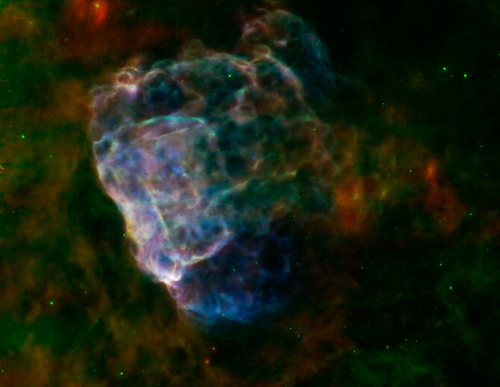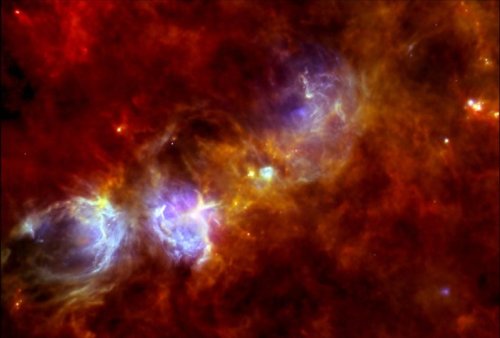
(Photo credit: NASA/JPL-Caltech/SAO)
The bright blue dot in this image is an energetic pulsar – the magnetic, spinning core of star that blew up in a supernova explosion – that was discovered by NASA’s Nuclear Spectroscopic Telescope Array (NuSTAR). Continue reading






